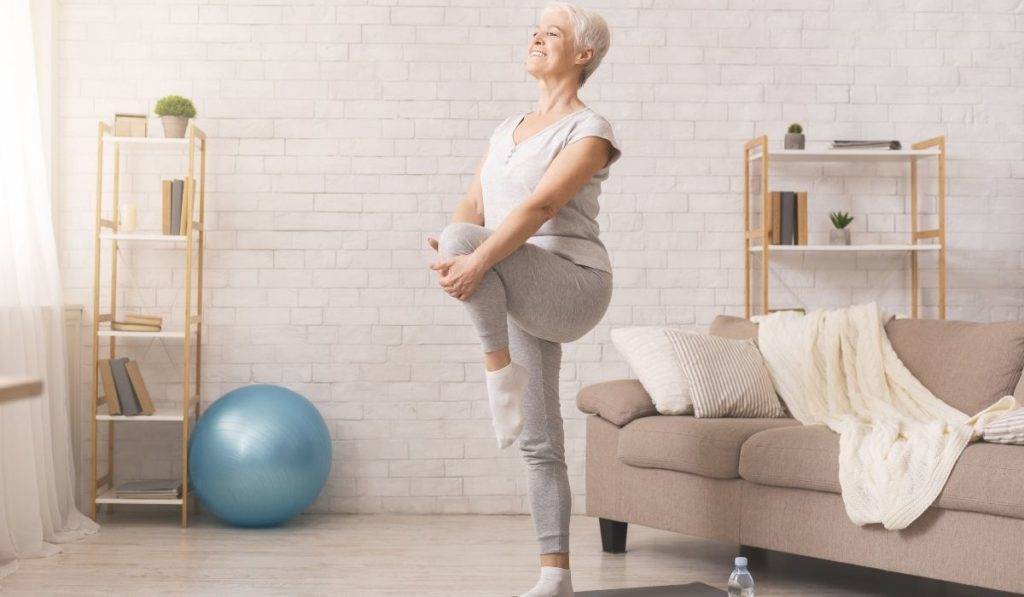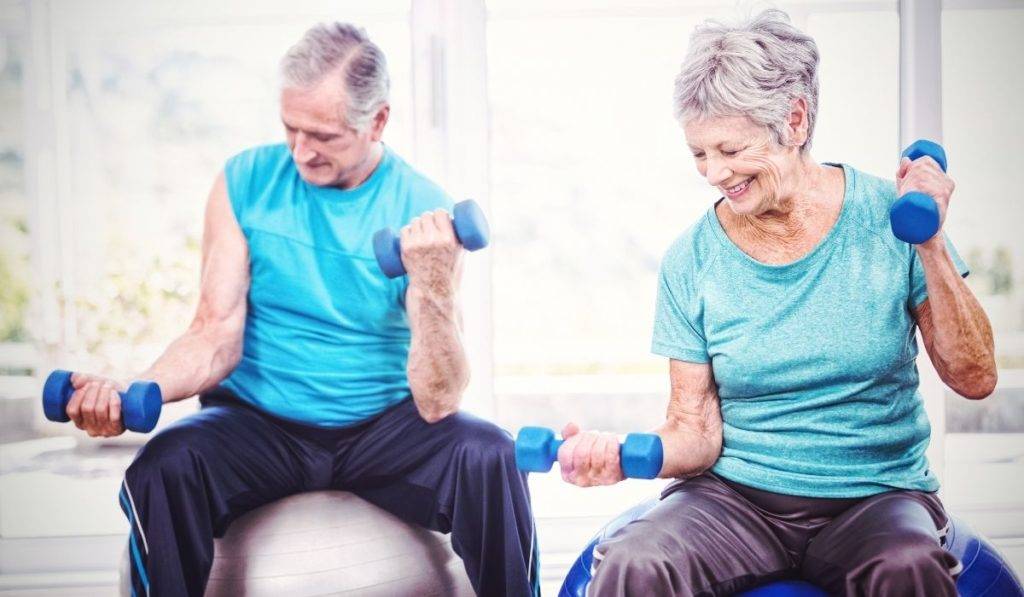
Exercising is important for maintaining your physical and mental health. It can be challenging if you have a disability or limited mobility, but there are things you can do to exercise safely and keep yourself in top shape. Keep reading for our top tips on exercising at home.
You don’t have to run a marathon to exercise. There are a number of things you can do around your home to improve your fitness and stay in shape.
If you struggle with mobility or have a disability, you can exercise safely from a chair (or wheelchair) without a reduction in quality. If you’re elderly and worry about falling over or injuring yourself, exercising from a chair is a less intensive alternative that’ll keep you safe. It’s also great for people with lower-body injuries that have to change up their exercise routine. If you’re using a wheelchair, ensure the brakes are on or won’t be able to move. When you’re sat down, you can engage in a number of stretches and poses that will improve your circulation, muscle strength and flexibility. These include raising your arms and legs for as long as comfortable, air-punching for cardiovascular benefits and upper-body twists for supporting your back.
We understand that every situation is different. However, these are some general tips to keep you safe when you’re exercising that apply in all cases.

Don’t let your mobility interfere with your daily life. Exercising has a plethora of benefits that will boost your mood and keep you healthy. For more information or to discuss our range of mobility equipment, get in touch today. We’re here to support you on your fitness journey.
© 2022 - Search4local Ltd. The content of this website is owned by us and our client; copying of any content (including images) without our consent is in breach of our Terms & Conditions. | All rights Reserved